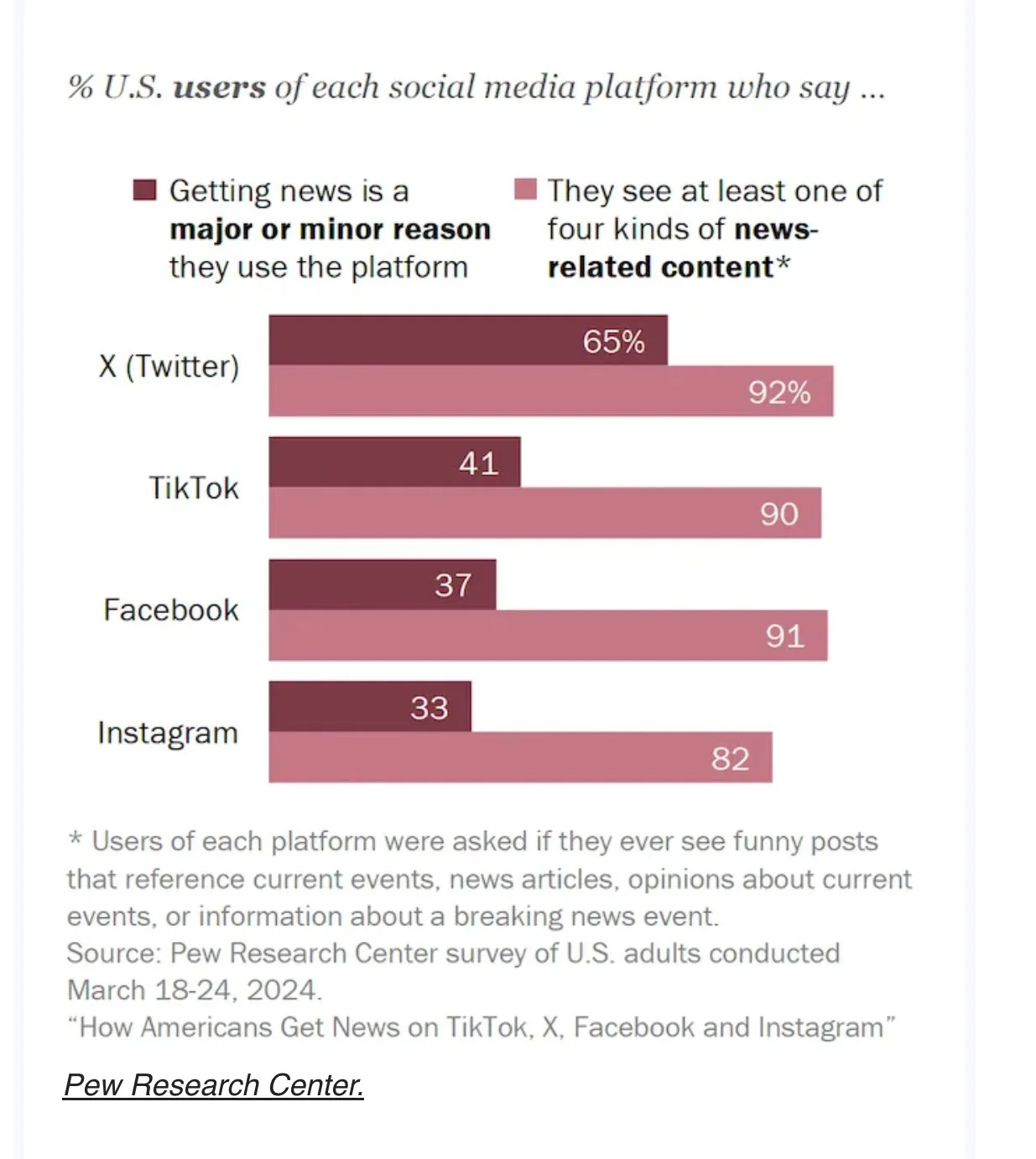In a rapidly evolving media landscape, where niche content gains prominence through digital and social media, media companies face the challenge of appealing to both mass audiences and specialized segments. Here are some essential recommendations to navigate this dynamic environment:
Revenue Diversification:
Challenge: Media companies must reduce their dependency on traditional advertising revenue.
Tactic: Explore alternative revenue streams beyond ads. Consider subscription models, branded content, events, and partnerships. Bundling services can drive loyalty and grow revenues.
Hyper-Personalization:
Challenge: Audiences expect tailored experiences.
Tactic: Use data analytics and AI to personalize content delivery. Understand user preferences, behavior, and context. Create hyper-targeted messaging and recommendations.
Content Quality and Distinctiveness:
Challenge: Niche content often stands out due to its uniqueness.
Tactic: Invest in high-quality, distinctive content. Focus on storytelling, authenticity, and originality. Differentiate your brand by offering something no one else does.
Audience Engagement and Community Building:
Challenge: Niche communities thrive on engagement.
Tactic: Foster a sense of community around your content. Encourage user-generated content, discussions, and feedback. Leverage social media to build connections and loyalty.
Agile Content Creation and Distribution:
Challenge: Trends change rapidly; agility is crucial.
Tactic: Adapt quickly to emerging topics, events, and formats. Use real-time data to inform content decisions. Optimize for different platforms and devices.
Collaborations and Partnerships:
Challenge: Niche creators have loyal followings.
Tactic: Partner with influencers, creators, and other media outlets. Cross-promote content and tap into each other’s audiences. Collaborations can expand reach and credibility.
Data-Driven Insights:
Challenge: Understanding audience behavior is complex.
Tactic: Invest in robust analytics tools. Analyze consumption patterns, engagement metrics, and conversion rates. Use insights to refine strategies and content offerings.
Experimentation and Innovation:
Challenge: Stagnation leads to irrelevance.
Tactic: Encourage experimentation. Test new formats, platforms, and technologies. Innovate in storytelling, interactive content, and immersive experiences.
Localization and Global Reach:
Challenge: Niche content can be hyper-local or global.
Tactic: Balance local relevance with global appeal. Translate content, adapt cultural nuances, and explore international markets. Use localization to resonate with diverse audiences.
Long-Term Vision and Adaptability:
Challenge: Trends evolve; long-term vision matters.
Tactic: While addressing immediate needs, keep an eye on long-term shifts. Anticipate future trends and adapt proactively. Stay agile and open to change.
Remember, media companies must strike a balance between mass appeal and niche engagement. Leveraging new AI tools, diversifying revenue streams, cultivating stronger connections, and delivering distinctive content are all areas that can enable media companies to do more than just survive 2024. Executed correctly, it should also enable them to thrive for some time in the years ahead.
Another tactic:
Understanding Personalized Content Delivery through AI
Personalized content delivery tailors online content to an individual’s interests and preferences. Here’s how it works:
User Data Collection and Analysis:
AI algorithms collect and analyze user data. This includes behavior, browsing history, demographics, and other factors.
User profiling generates comprehensive profiles based on this data.
Content Recommendation:
AI systems make customized content recommendations to each user based on their profiles.
Recommendations are fine-tuned using machine learning and NLP.
Real-Time Personalization:
AI learns from user interactions and comments.
Content is dynamically adjusted based on real-time behavior.
A/B Testing and Optimization:
AI helps conduct A/B testing to compare different content variations.
Optimization ensures that the most effective content is delivered.
Benefits of AI in Personalized Content Delivery:
Enhanced User Experience: Personalization makes content more relevant and engaging.
Increased Engagement: Tailored content keeps users coming back for more.
Higher Conversion Rates: Relevant recommendations drive conversions.
Efficient Resource Allocation: AI optimizes content delivery based on user preferences.
Potential Drawbacks and Ethical Considerations:
Privacy Concerns: Collecting user data must be done transparently and ethically.
Bias and Fairness: AI algorithms may inadvertently reinforce biases present in the data.
Overreliance on Algorithms: Balancing automation with human judgment is crucial.
In summary, AI transforms content delivery by understanding user behavior and delivering personalized experiences. As technology evolves, we’ll continue to see AI’s impact on the content we consume online





